The Independent's journalism is supported by our readers. When you purchase through links on our site, we may earn commission.
Following the Dakar Rally through Saudi Arabia: How to explore the kingdom from Ha’il to Riyadh
Saudi Arabia is now opening its arms to western travellers. Enticed by the Dakar Rally, Campbell Price discovers that much of the country’s appeal lies beyond the bivouac
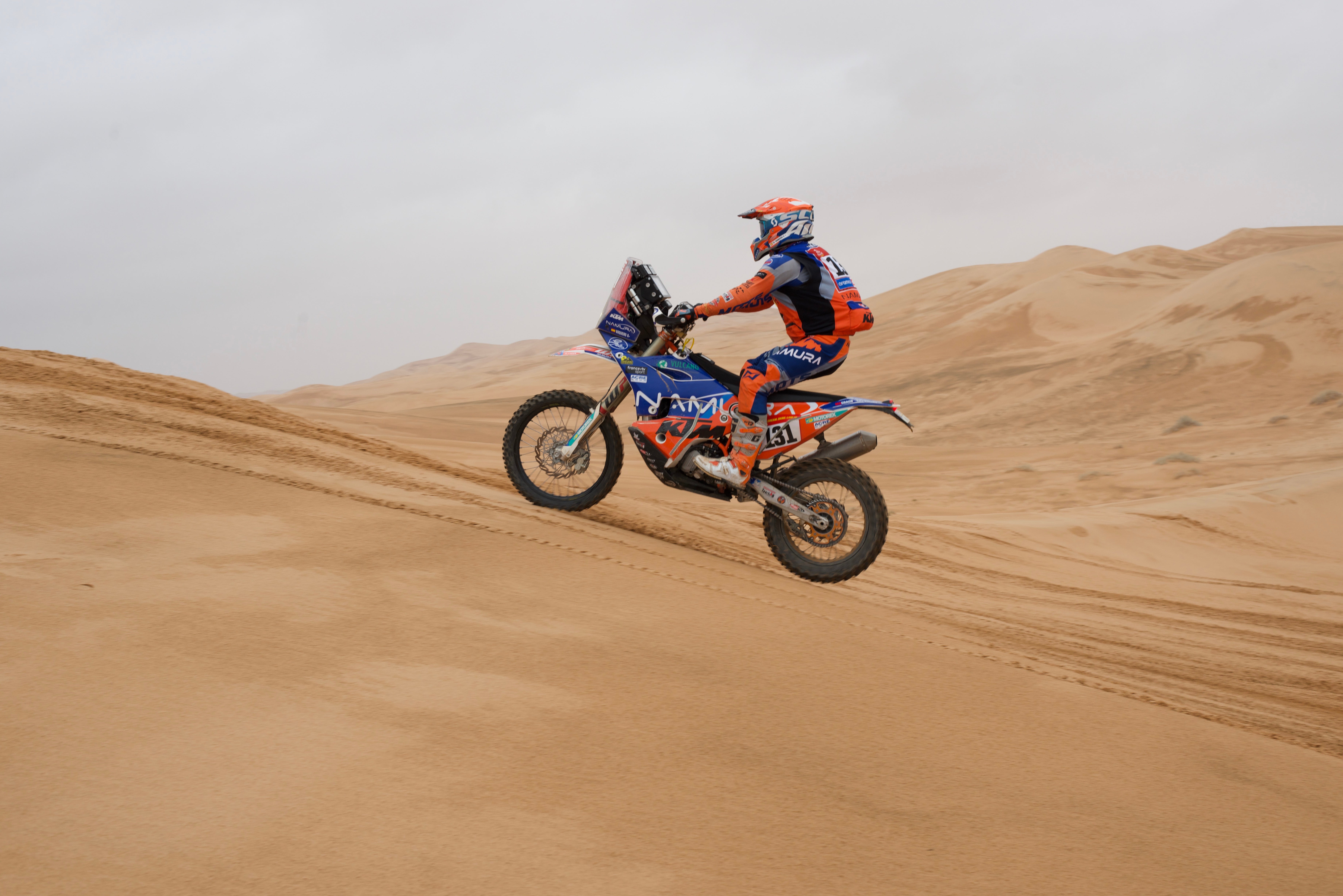
I’ve been following the Dakar for as long as I can remember. With a background in motorcycle riding, I even dreamed that maybe one day I might be lucky enough to participate. For me, the true spirit of the Dakar is the modern-day embodiment of adventure. Exotic landscapes, alien cultures and a real risk to life and limb; it appears the antipathy of modern life. While I refuse to let that glimmer of hope from deep down inside extinguish, visiting the Dakar in Saudi Arabia has to be the next best thing.
It’s considered to be the ultimate endurance test of human and machine: racing motorcycles, ATVs, buggies, cars and even trucks for two weeks across some of the wildest terrain the world has on offer. Originally the Paris to Dakar Rally, the Dakar was moved to South America in 2009, where it spent 10 years, before migrating back east to Saudi Arabia in 2020.
While I would have gladly visited the Dakar wherever it was being held, the fact that it is in Saudi Arabia, a country just opening its arms to western travellers, was even more reason to jump at the opportunity.
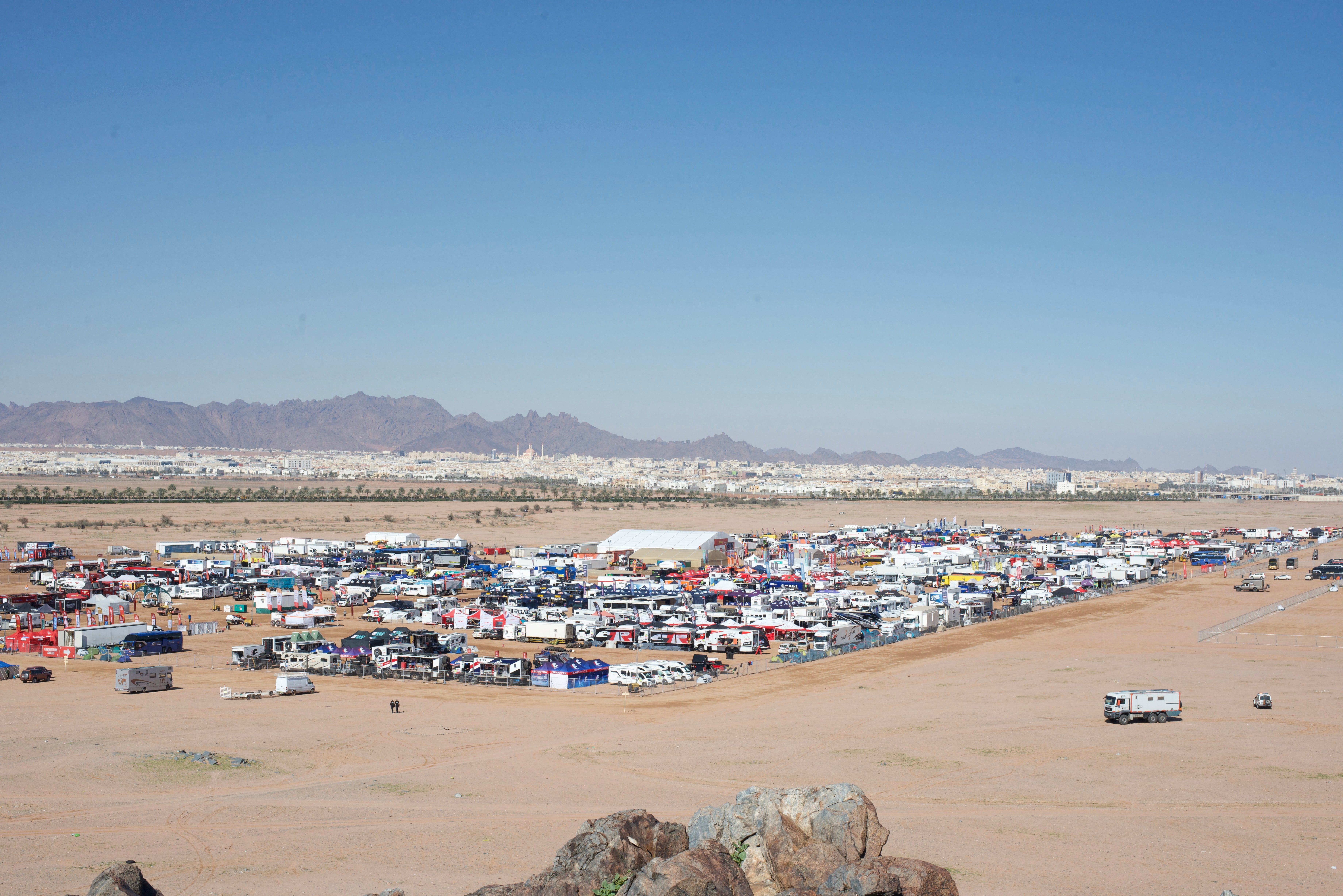
Saudi has been off the radar of all but the most intrepid travellers until recently. Even though tourism visas were started in 2019, just in time for the global shutdown of travel, the foreign tourism industry in Saudi Arabia is still nascent – but it seems that is about to change.
Everywhere you look lately, from the Neom project to the Saudi Green Initiative, and even the World Cup, Saudi Arabia is aggressively pushing itself into the consciousness of global citizens.
For a country just starting to look beyond the Arab world, signing the Dakar was a wily early move, attracting some of the most adventurous souls across the globe.
Much like what the Tour De France does in inspiring wanderlust for the landscapes of France (and even Europe more broadly), the pictures of the Dakar Rally that are streamed around the world offer a window into the previously hidden treasures of Arabia. Securing rounds of Formula 1, Formula E and then the ultimate coupe of the recent signing of Ronaldo, have all been masterstrokes in building awareness of Saudi Arabia more broadly.
Experiencing the Dakar is an incredible experience but it’s still very difficult to do so without being involved in the rally itself. Access to the bivouac is restricted to participants, media and VIPs.
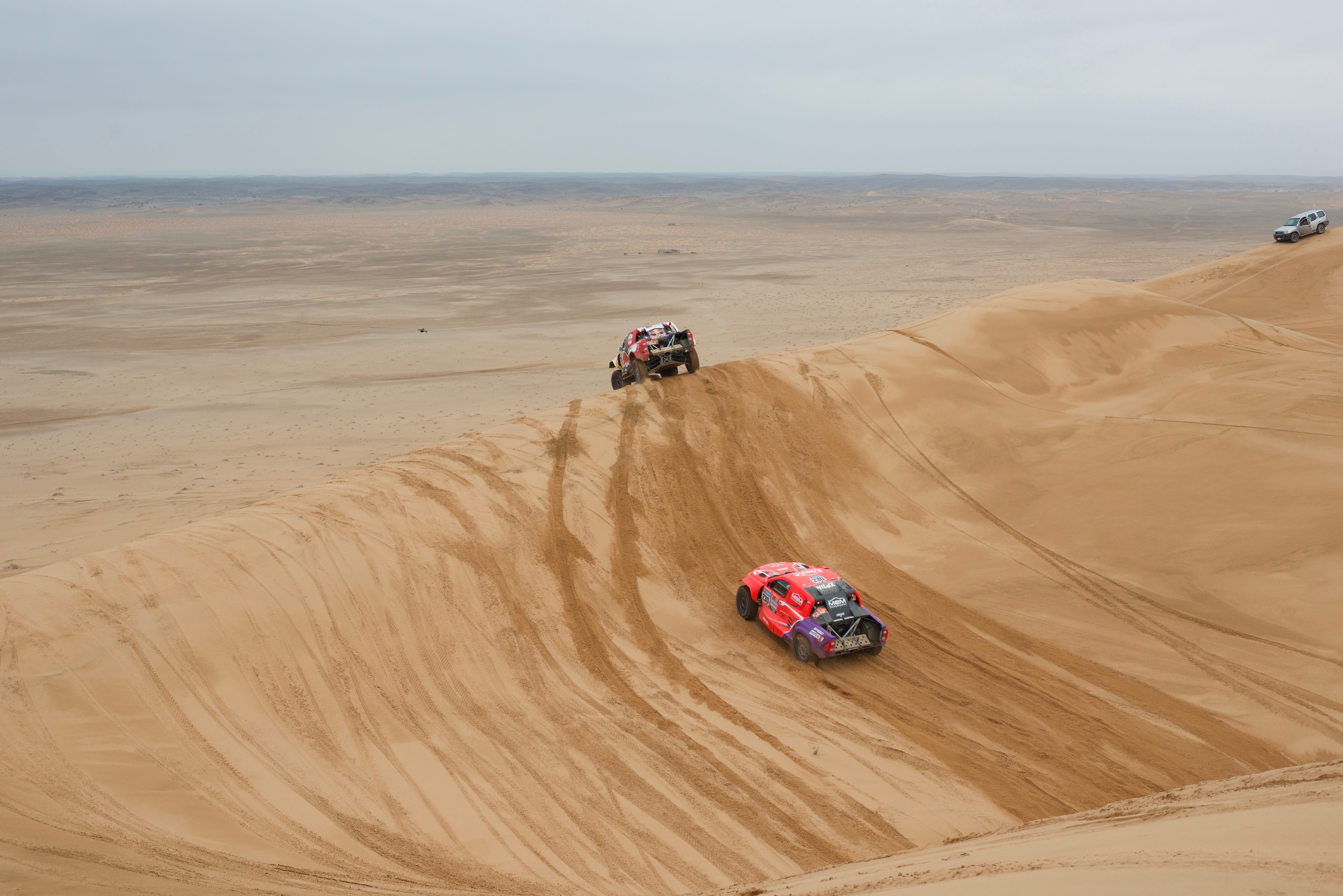
Watching the action is even harder, as the exact route is kept secret from everyone but the race organisers until the morning of the day’s stage. The people we talked to who had managed to do it had followed the bikes out of the bivouac first thing in the morning to find the start of the special stage (this can be up to 400km), and then tried to find a viewing point based on where they saw them racing off to in the desert.
It’s absolutely possible to see some amazing action, but you will need to be dedicated, have an off-road capable vehicle and a very flexible timetable. Even then, you need to be extremely careful to avoid getting in the way of the racing as, due to the nature of rally raid events, the course is not clearly defined and racers can take multiple lines (or get completely lost).
What I discovered is that even without teeing your trip in with the Dakar, Formula 1 or Formula E (the latter two both more accessible than the former), there’s still a lot to discover for travellers looking for their next adventure.
How long should you go for?
When planning a trip to Saudi Arabia, you really need about two weeks to make the most of your time there. In that time, you could arrive and depart from Riyadh, either flying or driving a loop to Jeddah, Al Ula, Ha’il (for Jubbah Rocks and Al Hatima Crater), and back to the Saudi capital. In a week you could spend a couple of days in Riyadh, before flying directly to Alula for three days, then on to Jeddah for the last couple of days.
When to go
For most people, the ideal time to travel will be between November and February (autumn/winter), when the weather is cooler than the scorching summers. Weather varies over such a vast country, but highs at this time will generally be around 20 degrees celsius, dropping to 10-15C.
Don’t be surprised if you get a little rain too, particularly in the central plateau, including Riyadh. Although unless you’re as unlucky as us – we saw unprecedented rain and flash flooding – it is unlikely to last long. Layers will be your friend here, regardless of inclement weather, with mild to warm days generally followed by familiarly cold evenings.
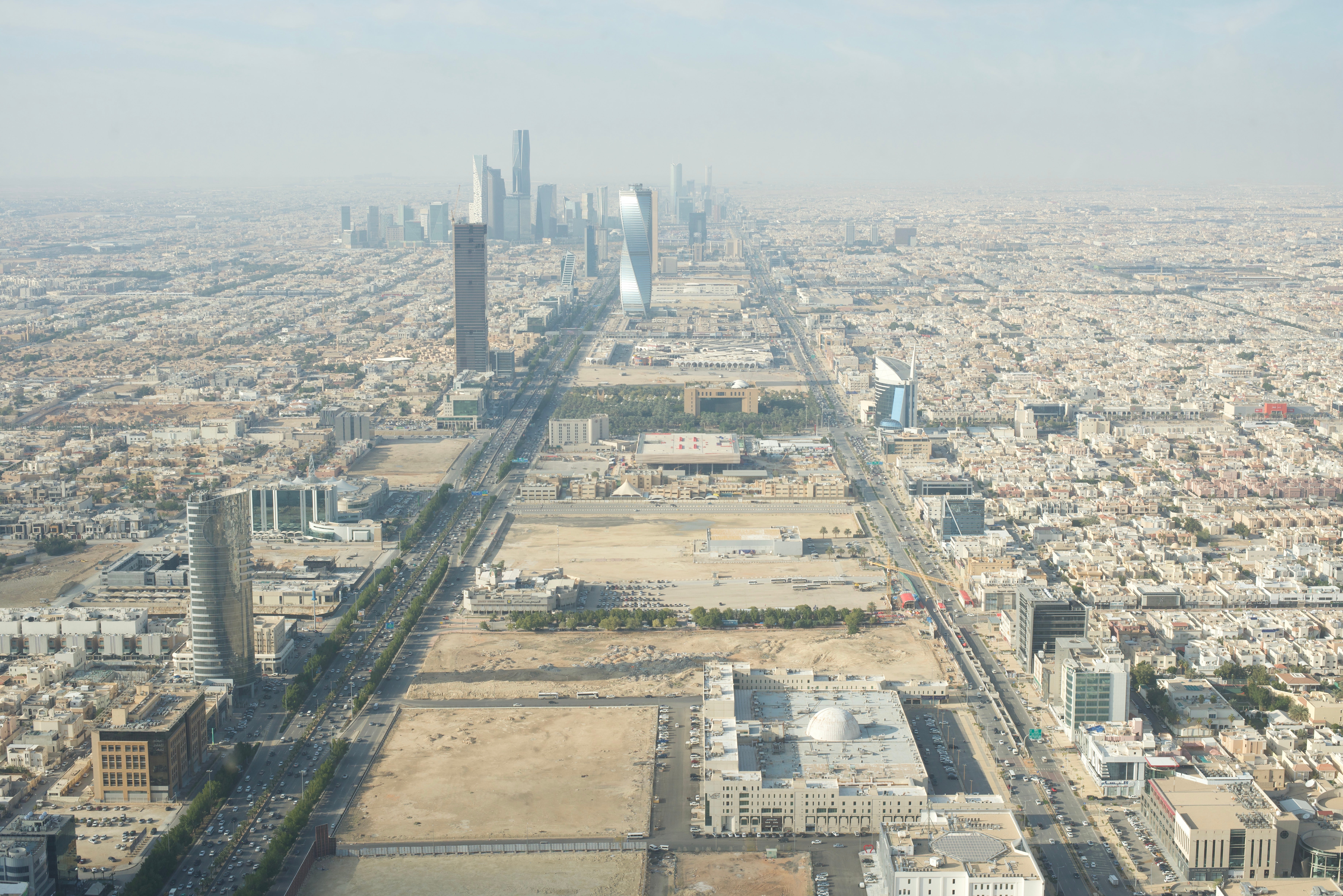
Riyadh and the surrounding area
While you’re in Riyadh, it makes sense to take the first couple of days of your time there to acclimatise and learn more about the history and culture of the region, touring the sights and museums in the capital.
You could start day one with a morning excursion to the historical capital of Diriyah, the ancient home of the royal family and now an Unesco World Heritage Site, as well as the backdrop to the city’s Formula E race. It’s now a well-presented museum experience that you can walk around.
Just outside the historical portion, a modern promenade offers a range of dining experiences, popular with locals in the evenings. Tickets vary depending on the day and time. If you do need a ticket for entry, the Diriyah Pass is SAR100 – SAR200 (£22-44) and you can redeem up to the value of the ticket on food at the range of high-end restaurants and coffee shops inside. It’s worth then planning ahead and making a restaurant reservation as you enter the site, as they can get very busy.

If you wanted to squeeze it in beforehand, it makes sense while you’re out this way to visit the King Abdullah Financial District, referred to locally by the abbreviation KAFD.
With many of the buildings having been finished on the outside, but either unfinished on the inside or empty (only 30 per cent are occupied), it also provides a bit of a metaphor for my general impression of the entire country; the ambition is there, the execution is on track, but it isn’t quite ready yet.
That’s not to say it isn’t worth visiting (KAFD or the country), it’s just something to keep in mind and helpful to understand when things don’t quite make sense or go exactly to plan.
Next up, head to Kingdom Tower. At 302m, 99 storeys high, it stands out alone between the parallel arteries into Riyadh of King Fahd Rd and Olaya St.
With a high-end shopping mall at its base and the Four Seasons Hotel Riyadh taking up a good portion of the rest, the skybridge on the 99th floor is spectacular. Taking two lifts to get up to the top, your hurtling ascent is relatively short and the view that you are rewarded with is well worth the SAR69 rials (£15). It gives you a feel for just how vast Riyadh is. Even without the slight dusty haze on the occasion that we visited, you would struggle to see to the end of the urban sprawl.
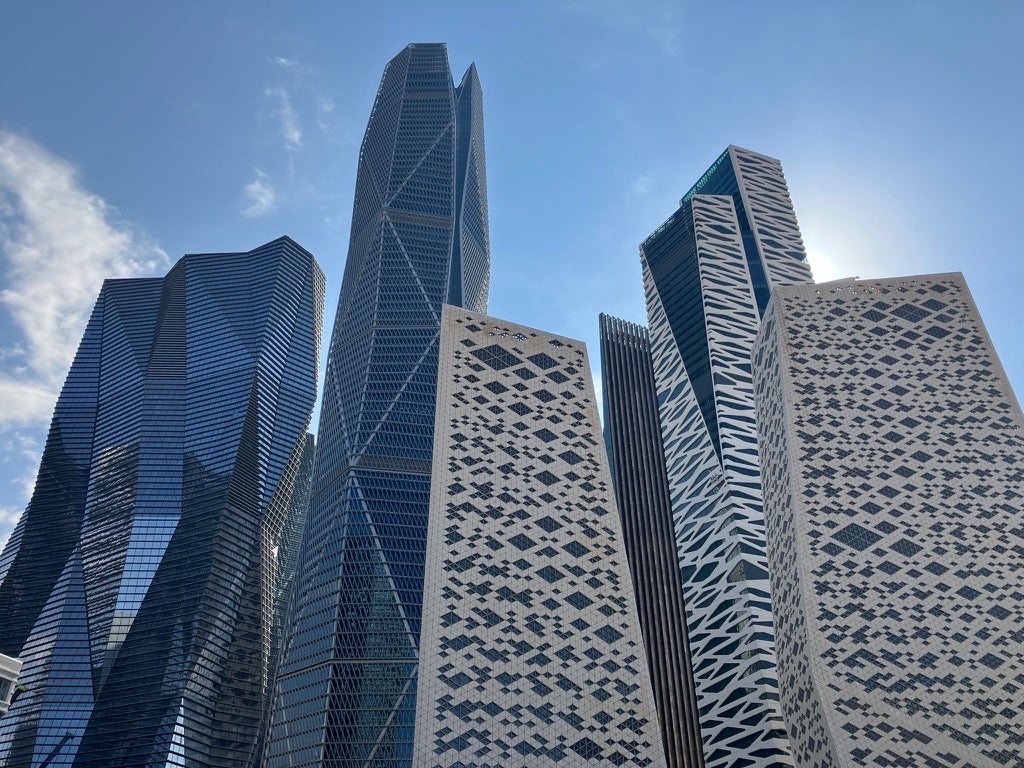
The sights of Riyadh’s old town are quite close together and it’s one of the city’s most walkable areas. Spending a few hours here you could start at the Al Masmak Fort, before wandering through Deera Square to the Imam Turki Bin Abdullah Grand Mosque, around to the Souq al-Zel and along Al-Thumairi St.
Al Masmak Fort is a 19th century mud fortress that was a key site in the unification of the different kingdoms and provinces that made up the modern Kingdom of Saudi Arabia, Abdulaziz Al Saud, back in 1902. The museum inside (free entry) tells that story and more.
Nearby you will come upon the impressive Imam Turki bin Abdullah Grand Mosque with its square minarets (characteristic of Saudi design). One of the largest mosques in Saudi Arabia, it has cavernous prayer halls and links across two overhead bridges to the hulking Al-Hukm Palace (Governance Palace) opposite.
Just around the corner, the Deera Souq (also known as Al-Zel Souq and Al-Thumairi Souq), while not quite evoking the history and grandeur of some of those found in Morrocco or Turkey, is full of life and I particularly enjoyed the atmosphere of a live auction of random second-hand and antique items that takes place throughout the day.
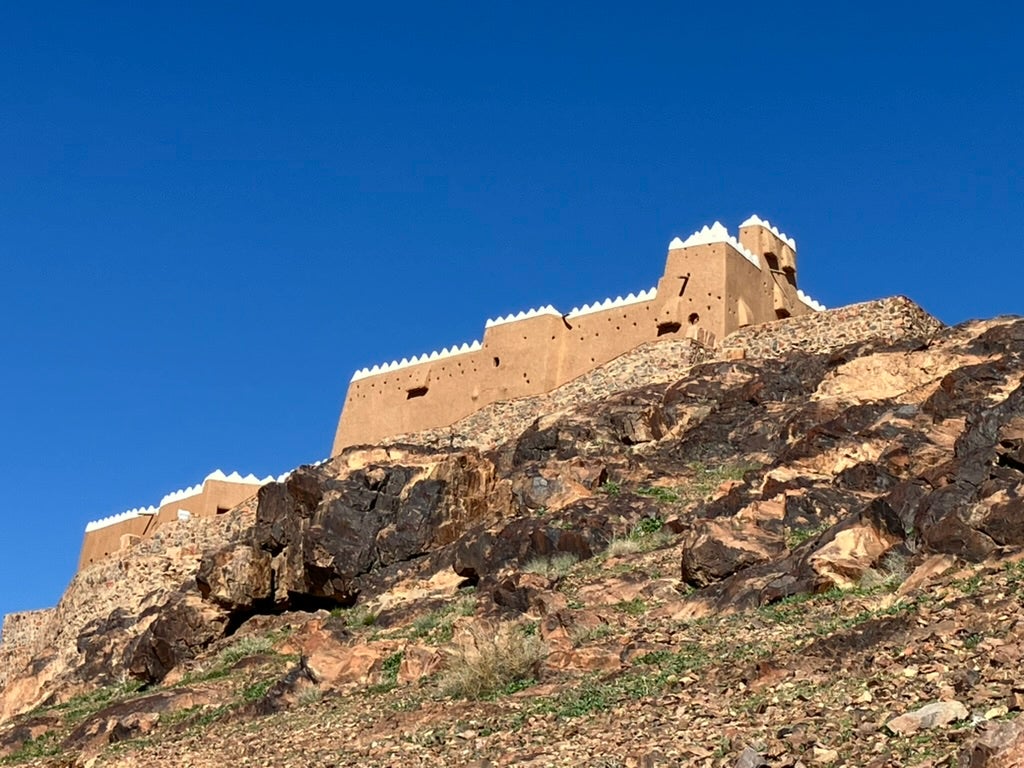
Day trips from Riyadh
The heritage city of Ushaiger is well worth a visit if you have time, either as a day trip from Riyadh or on your way through from Ha’il.
It’s a living museum, first settled over 1,500 years ago and still retaining a small community of residents. Compared with Diriyah, it is a smaller scale and less developed example of Najd architecture, giving you a better feel for traditional Saudi life.
Currently closed, the Edge of the World is also a destination to consider when it (hopefully) reopens, offering spectacular views from cliffs looking out over the desert. Like some of the other sites in the country, the Edge of the World is a victim of it’s new found popularity and has been closed while the government works out the best way to make it safer to visit.
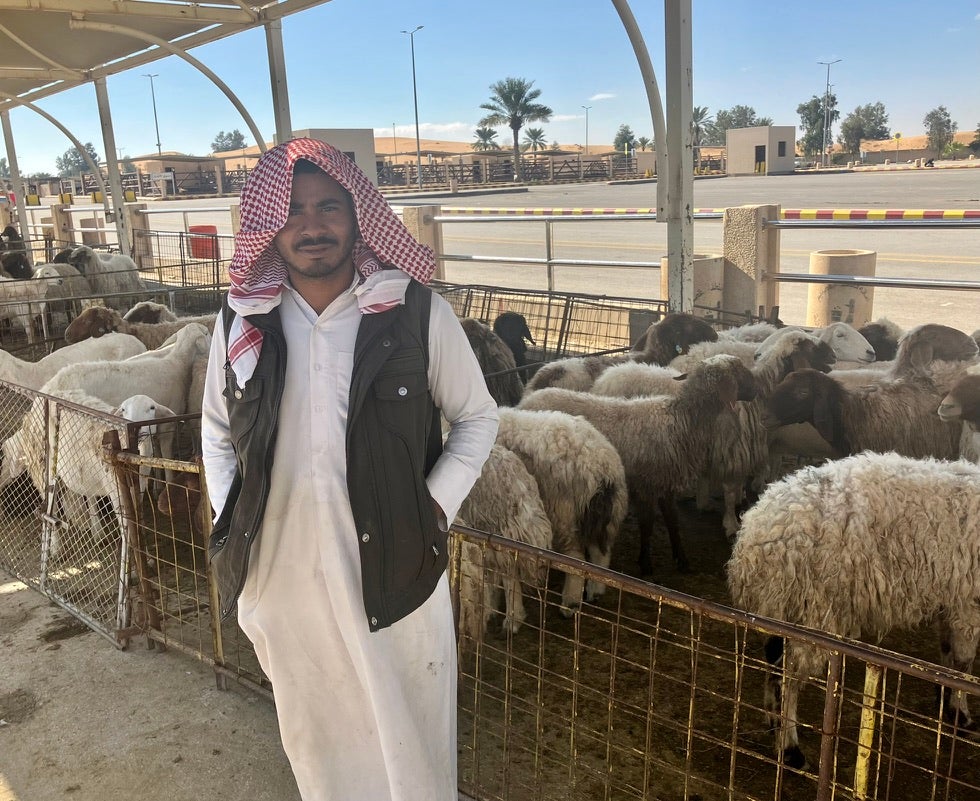
Further afield
Ha’il, the site of the Dakar Rally bivouac for three nights this year, is a pleasant enough stopping point and base from which to visit the Unesco-listed petroglyphs of Jubbah. Once the site of a lake and meeting point, the petroglyphs are up to 10,000 years old.
On your way from Ha’il to Riyadh, make sure you stop off at Buraydah Camel market, the largest camel market in the world. Every morning, thousands of camels and other livestock are brought in and auctioned off. You need to get there much earlier than we did though, as the main action happens around 6am.
I didn’t make it as far as Alula and Jeddah, but other travellers informed me that they are both well worth a visit if you have the time. Alula, Saudia Arabia’s first Unesco World Heritage Site and billed as its ‘Petra’, is one of the most unique destinations in the country.
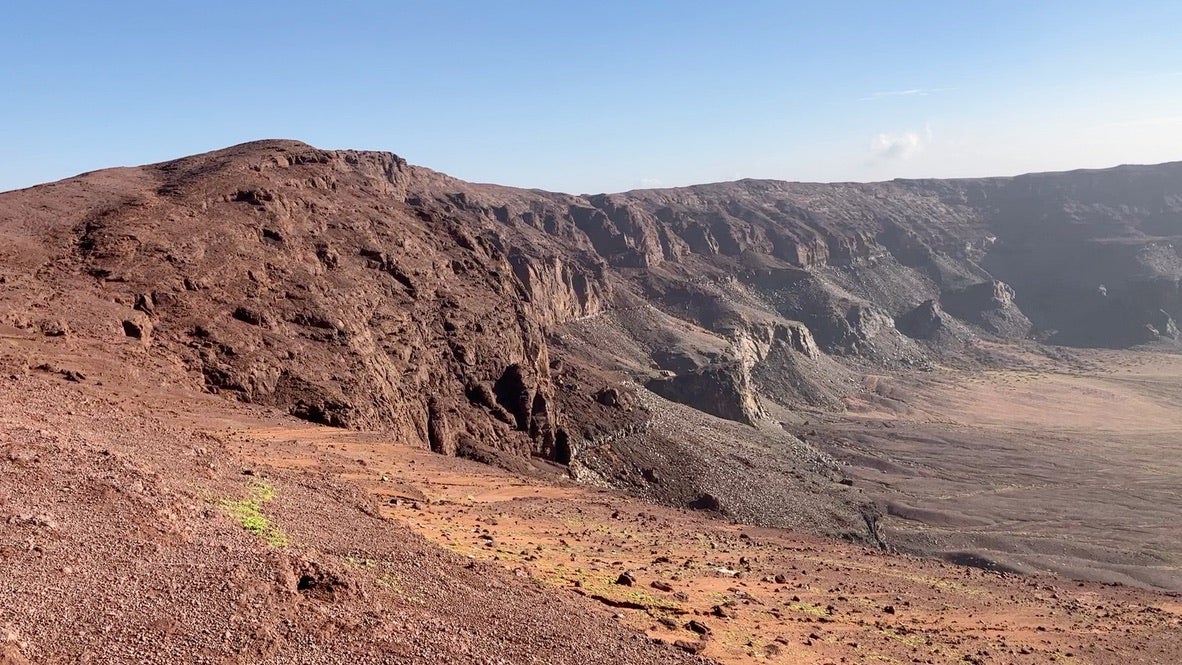
Travel essentials
Getting there
There are daily flights to Riyadh from Heathrow with British Airways and Saudia offering direct connections in six hours. Flights are also quite frequent from other UK hubs, but will include a stop and take around 10 hours.
Getting around
On arriving in Riyadh, one of the first things you will learn is that you will need a car to get around. While the city is developing rapidly and the new metro looks deceptively close to being completed, it is still probably up to a year off. Renting a car is relatively easy (a valid licence from country of residence and international driving permit is required), with many global brands like Avis, Europcar and Hertz having offices at the airport, otherwise, you could jump in a taxi or order an Uber.
If you do choose to rent a car and drive, make sure that you are comfortable with driving in heavy traffic and get some car hire excess insurance as a backup. Saudis love to drive and love to drive fast. Because it is often the only way to get around, the traffic in Riyadh is something else, both in terms of volume and intensity.
Outside of Riyadh driving is relatively easy and a great way to see the country. Distances between destinations are quite large, however, and the price of internal flights makes this a convenient alternative, especially if time is short.
Paperwork
The Saudi eVisa is easy to source at visa.visitsaudi.com. It is a one-year, multiple-entry visa that allows tourists to spend up to 90 days in the country. The application process is straightforward.
The current FCDO travel advice for Saudi Arabia advises visitors to familiarise themselves with the country’s public decency laws. Visit the Foreign Office website for more information.
More information
The Visit Saudi website contains plenty of information about travelling around Saudi Arabia and you can visit the Dakar Rally site for more information on the race.
Read more on adventure travel:
Join our commenting forum
Join thought-provoking conversations, follow other Independent readers and see their replies
Comments
Bookmark popover
Removed from bookmarks